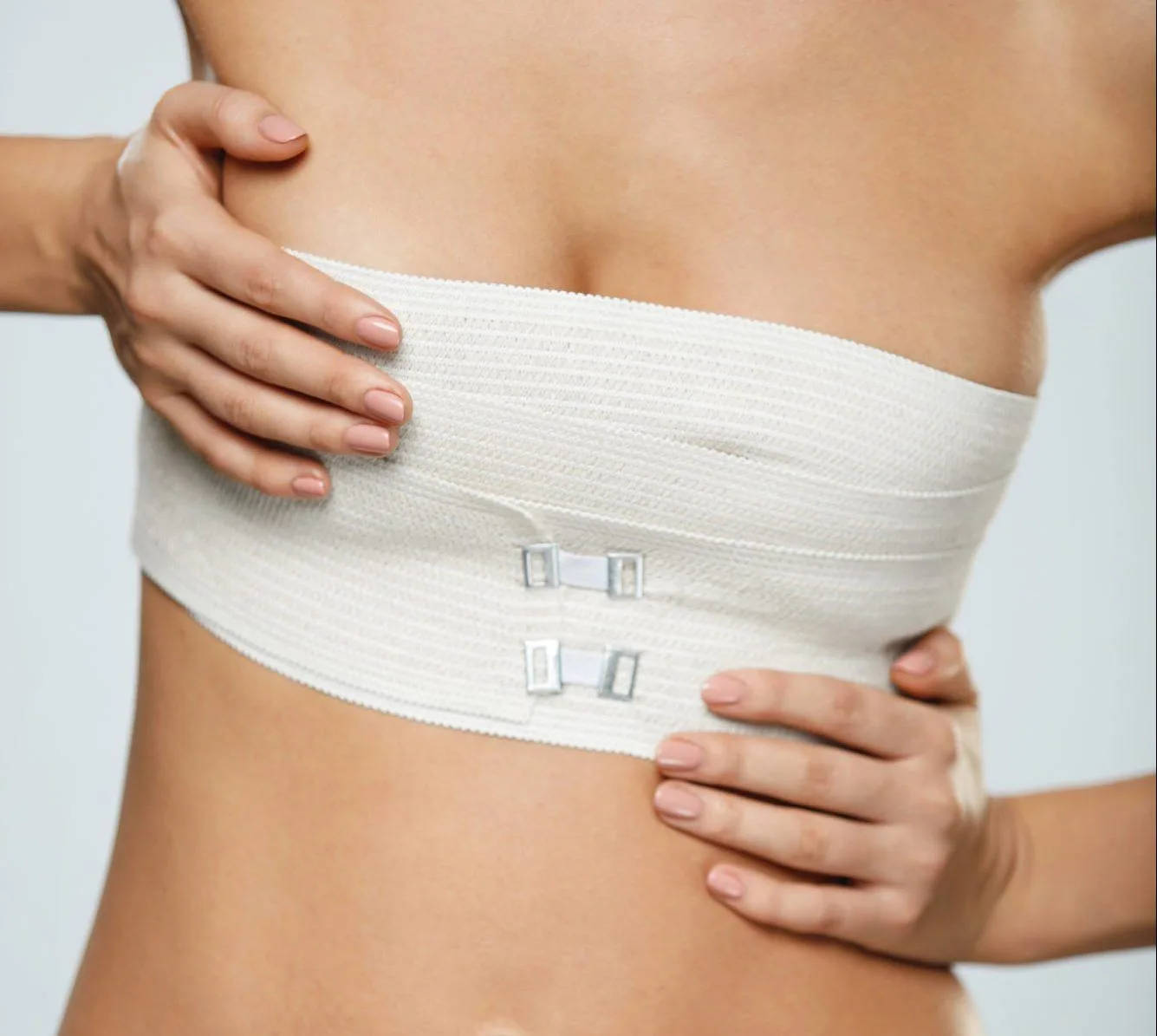Although breast lifts are considered a generally safe surgery, there are always risks to any procedure. There are many reasons that people decide to get a breast lift, for instance, if the nipples point down or the breasts sag, which can affect people’s self-confidence. Recovery after a breast lift can take time; however, your recovery should go pretty smoothly if you follow the aftercare instructions provided by your cosmetic surgeon and the advice in this blog post. Longevity Live Paid Content.
What is a breast lift?
A breast lift, also known as mastopexy, helps reshape the breasts and lift them higher in the chest if they have dropped over time. Breast lifts are different from breast augmentation. During augmentation, the breasts are typically made bigger, which does not happen as part of the breast lift procedure. However, if you wish your breasts to be both lifted and larger, it is possible to have a lift and an augmentation done as part of one extensive procedure.
How is a breast lift performed?
There are various types of uplift procedures, and the best option for you will depend on the size of your breasts and the outcome you desire. Different uplifting techniques result in various scars on the breasts. Whatever your uplifting method of choice, the scars shouldn’t be seen while you wear everyday clothes, bras, and bikini tops.
What is the fastest way to recover from a breast lift?
Unfortunately, there is no ‘quick’ way to heal from an invasive operation like a breast lift.
Directly after a surgical breast lift, the incisions will be covered with thin tape, followed by a larger dressing over the lower breasts. These need to be worn for 10 days, at which time your doctor should remove them to check on the healing. After that, a surgical bra must be worn for three weeks. This will maintain the breasts’ form so that recovery can take place spontaneously without being hampered by the weight of the breasts.
The recovery time varies from patient to patient and can be impacted by bumps, knocks, and exercise, all of which you should avoid at all costs during recovery. The recovery period can last up to 12 weeks but may take longer. Following a breast lift, taking a week or so off of work is advised.
Get guidance from your physician
No matter how uncomfortable it may be, it would be best if you didn’t try to take off any tape, wraps, or bandages by yourself. Allow your doctor to perform it instead. Self-dressing removal can substantially impede the healing process, resulting in damaged breast tissue and an unfavorable shape for the tissue.
Other steps include keeping your chest dry when washing and away from wet or dripping hair, taking showers instead of baths, and washing delicately, avoiding the injured area.
Everyone’s recovery process is different, so you need to ask your cosmetic surgeon for advice on easing and speeding up your recovery after your surgery.
Take a look at our advice below on how you can make your recovery more comfortable:
- Follow your doctor’s advice. You must listen to your surgeon’s advice above anyone else, as they are the ones who have performed the surgery. Contact your general practitioner for advice if you do not trust your surgeon after the procedure.
- Use your compression garment as much as possible. It may not be the most comfortable item of clothing to wear for extended periods, but it helps to reduce swelling and bruising around the operated site.
- Rest. It is vital to rest following your recovery, as like an injury or general surgery, you should allow your body to relax and focus its resources and energy on healing. Avoiding strenuous activity is advised throughout the entire healing process. This includes sports and exercise, heavy lifting, and stretching in day-to-day activities.
- Eat well. Your body needs nutrients to heal efficiently. Sticking to a healthy diet during your recovery is important to help your body as much as possible.
- Stay mobile. While intense exercise is entirely off the table for several weeks after surgery, walking around can help prevent blood clots and keep blood moving.
- Do not drive. Driving can put you at unnecessary risk when healing from liposuction, so ensure that you do not drive while you are recovering, especially while you are on pain medication.
- Do not drink or smoke. Substances like cigarettes and alcohol can hinder the healing process.
What can I do if a breast uplift goes wrong?
Since any surgery of this kind presents a certain degree of risk, surgeons and clinics responsible for carrying out mastopexy procedures have a duty of care to ensure a patient’s safety and well-being.
A high degree of accountability is necessary for all medical professionals involved in this process, as a breast uplift gone wrong can result in long-lasting physical and psychological damage for the patient.
Clinicians are responsible for managing any potential risk factors that would be classed as reasonably preventable and briefing patients thoroughly about the mastopexy recovery process and any likely complications, allowing them to give their informed consent.
If you feel that your surgeon has not fulfilled this duty of care, you may be eligible to claim a breast uplift compensation. Making a claim can help get you the financial compensation that you deserve if your breast lift has gone wrong.
Want to know more?
Have you heard about the Brazilian Butt Lift (BBL)? We think it’s time we got behind one of the world’s most popular, and possibly most dangerous, cosmetic surgeries.
Who is the author?
Michael Saul
Michael Saul is a partner at Cosmetic Surgery Solicitors, where he brings his extensive specialist legal expertise and passion for helping people to the forefront of his work.
With a proven track record of success in cosmetic surgery negligence cases, Michael has dedicated his career to providing clients with the highest level of representation and achieving favorable outcomes.



